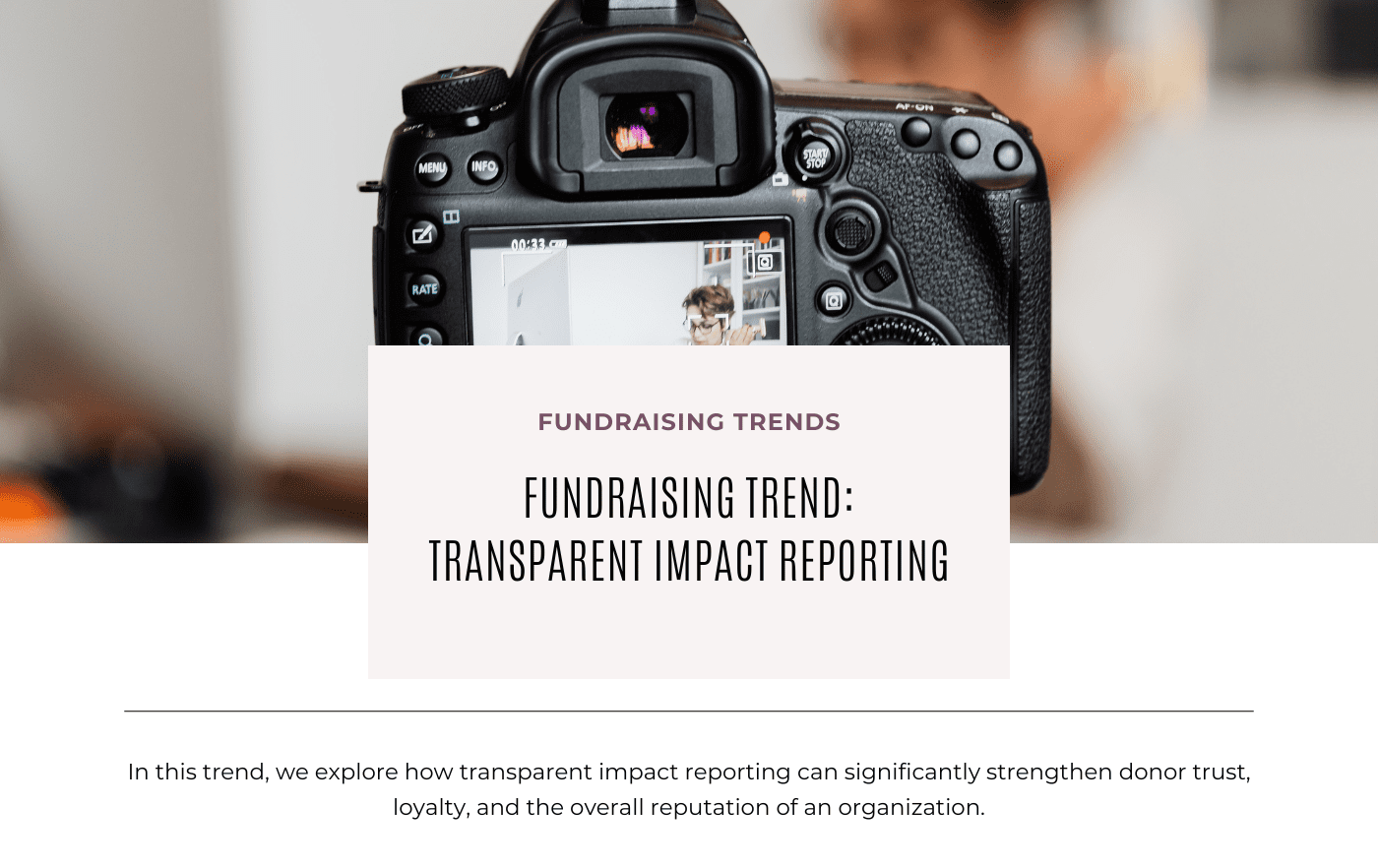To qualify as a tax-exempt organization, your nonprofit must raise a substantial portion of its support from public sources. This demonstrates that the organization is serving the community rather than private interests. Since fundraising is an ongoing part of any nonprofit’s work, it is essential to do it well.
There are many ways to raise support for a nonprofit, and it is important to recognize the strengths of each method to identify when a method may be the best fit. It is almost never a good idea to rely solely on one method of funding. Some methods are more seasonal than others, others provide longer-term benefits, but may be withdrawn, and some provide a boost of support that does not extend significantly beyond that event. By having a diverse portfolio of fundraising methods, a nonprofit can achieve financial stability.
Direct Mail Continues to Deliver
Soliciting donations via mail has been a staple of nonprofit fundraising for years and will likely continue to play an important role for as long as the US Postal Service remains in business. Direct mail is a cost-effective means of reaching a great number of people with fundraising requests and serves to keep the nonprofit at the top of the minds of your supporters. There is no best way of conducting a direct mail campaign, rather each nonprofit should tailor its campaign to best fit its unique needs. Indeed, each direct mail campaign should be tweaked to maximize its effectiveness in reaching supporters and eliciting their donations.
While each direct mail campaign is different, here are some tips to get the most of every mailer:
- Analyze previous campaigns. There is a segment of your mailing list that is not contributing and hasn’t for some time. Rather than continuing to send fundraising solicitations to these donors, turn your efforts to reacquiring their support. Maximize your direct mailing effectiveness by devoting most of your mailers to the donors likely to respond.
- Reward top direct mail donors. Your analytics will also reveal those donors who respond frequently to direct mail campaigns. Put extra effort into the fundraising letters sent to them by personalizing them further and adopting an insider’s approach toward them. Acknowledging their generosity is not only appropriate, it encourages their continued generosity.
- Highlight specific needs. Donors prefer to know where their money is being used. Highlight areas of need to give donors a sense of responsibility for making a particular service possible.
- Ensure your appeals are clear and easy to read. Clarity is a killer for fundraising appeals: if you have it, you’ll find success, if you don’t, your donors get confused and walk away. As you produce your appeals, make sure you understand how to write appeals for clarity.
- Make mailers easy to read. Large print, white space, and an emphasis on photos capture people’s attention and are more likely to entice donors to your campaign. While this may seem to squander an opportunity to communicate the most information through your mailer, merely getting the donor’s attention to your campaign is half the battle.
- Use effective storytelling. Storytelling is the crucial aspect of what turns good fundraising into great fundraising and is essential to each part of the fundraising process. Donors don’t give because of logic. Facts don’t equal donations. Instead, it’s emotions that drive someone to donate. To change a life. To make an impact. To help someone in need. Use the story of the one to really impact your nonprofit storytelling.
- Mail often. Donors who recently gave are the most likely to give again, and donors who were unable to give at a previous opportunity may be more likely to give at this time. The more time supporters have between contacts, the more likely they are to forget the nonprofit or turn their efforts to another cause.
- Make giving simple. It is common for millennials not to have checkbooks. If the only method of giving presented in the mailer is a return envelope, you risk putting off a great number of people who would otherwise willingly give. Pointing to a website to make a donation is easy to accomplish. Providing a QR code that takes donors directly to the donation portal is even simpler. Remove as many obstacles as possible between your donor and giving.
By keeping direct mailings fresh and attractive, this nonprofit fundraiser can be an effective tool for generating donations and keeping your organization on the minds of your supporters for many years to come.
Online Fundraising Allows Quick Turnaround
One of the best features of online fundraising is its ability to quickly respond to any event that may attract donations. When a tragedy strikes that the nonprofit is poised to respond to, making supporters aware of the current need is vital. The nonprofit’s actions in response to the crisis not only increases the likelihood that your organization will be able to effectively respond to the need, but also gives supporters a sense of making a tangible difference through their gifts. Similarly, when an opportunity for matching donations becomes available, it is possible to notify supporters quickly and make the most of this chance.
Online fundraising also shines in that many people may feel an impulse to give upon reading a donation appeal, yet fail to follow up on that impulse later. Online fundraisers provide the opportunity to immediately respond to a request and people may be more likely to donate.
A good online campaign should provide a mix of media formats to grab attention. Pictures are good; video is even better. Our society is increasingly moved by visual stimulus, and a picture will often stay in someone’s memory long after the text of your fundraising request has slipped away.
Social media campaigns are a great way of not only reaching current donors, but generating awareness among their friends as well. Social fundraising campaigns can be an integral part of your nonprofit social media strategy. Invite your donors to share posts and videos regularly and focus on creating content that is worth sharing. The intent here is not necessarily to create posts and tweets that highlight all the reasons someone should give to the nonprofit – though those do have their place. What is paramount here is creating a post that raises awareness for the cause the nonprofit works in and communicates in a way that others naturally want to spread.
Consider the impact of the 2014 ALS Ice Bucket Challenge. The campaign itself had little to do with ALS, with directly appealing for funds, or for highlighting the work that ALS does. The posts did, however, significantly motivate others to share the content and even generate their own. While there is no way to guarantee that your nonprofit’s online appeals will go viral as that one did, by learning from the types of content that get shared the most, your fundraisers online are more likely to be seen by a greater number of people.
Grants and Foundations Provide Long-Term Stability
Too often, nonprofit organizations begin with the belief that a grant or long-term commitment from a foundation can kick-start their efforts and provide a significant pillar of support for the foreseeable future. It is important to understand the role grants and foundations play in supporting nonprofits, and unfortunately neither of those assumptions are likely to be true.
Grants are not usually given, and foundations do not typically support nonprofits that are just getting started. Nor are they generally supportive of organizations that lack support. Grantors and foundations typically look for a good track record of financial stability before they consider adding their support. The type of projects that generally attract support from grantors and foundations are activities where a nonprofit is currently meeting a community need. Additional funds would enable them to do so better or to reach a larger number of people.
Getting the support from these sources usually requires a great deal of time compared to other fundraising efforts, but it can be extremely beneficial in enabling a nonprofit to expand successful programs. While national foundations are more well known, the best option is generally to look to smaller, family foundations in your area. While these are more difficult to locate, they are more likely to give to a smaller, local project.
Major Donors Must Be Cultivated
While much of a nonprofit’s funding will likely come through smaller gifts made by many people, a segment of the funding should be based on larger gifts from major donors. These donors cannot be handled in the same way as the ordinary donor.
Board members and executives need to cultivate personal relationships with those who are potentially major donors. These donors will expect personal attention and involve greater time and effort to cultivate. The donor capable and willing to give significantly large donations must first be convinced to accept a meeting with significant people from the nonprofit. This can be accomplished through the personal relationships that have been built, along with outlining for the potential donor the outline of what would be covered at a meeting.
Once a meeting has been secured, plan to have two or three key people attend this meeting. You will need to show how the nonprofit serves the community and what its importance is. Depending on the relationship already established with the donor and their familiarity with the organization, this may range from a brief summary reviewing key facts already known to the donor or a full presentation showing what makes the nonprofit’s work vital in its area of service.
Move on to establishing the impact the nonprofit is having and how the donor’s contribution will significantly affect that success going forward. Major donors have many opportunities to contribute to charitable organizations; yours needs to stand out by showing the positive impact their donation will have in the lives of people in the community.
Finally, it is usually important to cover how the donor will be recognized for their gift. It is important to phrase this carefully in order to not leave the impression that the donor is in a sense buying recognition, but merely convey the idea that their contribution warrants appreciation and recognition.
Benefit auctions and gala events are good ways to attract new donors with significant resources to contribute. These events also provide a good opportunity to recognize current donors and provide another opportunity for them to contribute to your cause. Holding special events like these allows potential donors to meet many people who are already convinced your nonprofit is a worthy cause and allow them to do the work of convincing them of the benefits of donating to the organization as well.
Corporate Partnerships Are Growing
In years past, there was a certain amount of skepticism involved in a business working closely with a nonprofit. Now, however, the public expects businesses to do more in giving back to the community and making a difference in social matters. The result is that more businesses are looking for good opportunities to contribute to local nonprofits and to be involved in several ways.
Whenever contacting businesses for donations or partnerships, be sure to keep in mind the audience. The appeal will reach a busy executive who no doubt has many such requests on their desk on a regular basis. Emphasize the importance to the business of maintaining good relations in the community and offer different options for working together to meet the needs your nonprofit is active in solving.
Businesses may give monetary donations, donate goods or services, or may encourage employees to volunteer with a nonprofit. Recognition is important for businesses giving in these ways, and the fundraiser should include specifics about how the business will gain recognition for its efforts.
Keep these three points in mind when approaching businesses:
- Enhance the company’s brand. The company’s brand will be tied to the nonprofits they support. Emphasize how their identity and the values of your nonprofit work well together and why they will benefit from the association.
- Do your homework. Businesses often have set criteria for what organizations they will support. Find out what the business expects of nonprofits and be ready to spell out how you meet that criteria.
- Demonstrable impact. Businesses rely on data to support ongoing operations. Provide evidence that a business’s support will have an impact on the mission of the nonprofit and continue to provide evidence of that impact on a regular basis. That kind of data enables decisionmakers to continue support giving to a cause.
Corporations are like major donors in the way they should be approached and maintained over time. By providing the proper incentive to support the nonprofit, businesses will be encouraged to give and continue their support year after year.
Charging for Goods and Services Is Also Fundraising
An important financial component for many nonprofits is providing goods and services for sale to the public. There are many ways an organization can use sales to not only generate income, but also build awareness for the programs they offer. It is important, however, that the earned income be related to an organization’s mission or it may be taxed as business income.
Examples of generating income through sales includes nonprofit universities that nevertheless charge some tuition for classes and may also sell books and other learning materials. Many resale thrift stores accept donations of used goods to resale to fund the main mission of the organization. Museums and hospitals frequently operate gift shops that provide necessary funding. For organizations providing job training, a store may provide a perfect opportunity to put those skills to use while continuing to learn.
It is important to carefully consider the tax implications of operating a revenue-producing business as part of the nonprofit income sources. Unrelated businesses are typically taxed as other businesses are, and when handled improperly may cause the tax-exempt status of an organization to be revoked.
Generally, when volunteers provide almost all the labor, when the activity provided is largely for the benefit of the nonprofit’s members, students, or patients, when sales are of donated merchandise, and when the nonprofit distributes insubstantial items – think stamps and mailing labels – as an incentive to donate, the activities are not taxed.
When done right, selling goods or services can be a way of generating a regular income stream with less soliciting of donations and can also raise awareness of the organization and the programs it provides the community.
Retaining Donors Is Key
Whatever fundraising method you use, retaining current donors is key to keeping expenses down. Acquiring new donors is a costly and time-consuming process, while maintaining the donors you have is a relatively inexpensive prospect.
Showing prompt appreciation for donations is key to making donors feel valued and their contributions significant. Email is good for this, but receiving a letter in the mail that isn’t soliciting further donations explicitly, but just expressing gratitude goes a long way in giving donors a feeling of being appreciated. Find new and creative ways to say ‘thank you’ to donors for their gifts.
Stay in regular contact with supporters. It is very important that a nonprofit regularly keep in contact with current supporters. Making donors aware of current needs, keeping them apprised of successful events and outreaches, and keeping the nonprofit at the top of their minds is essential to maintaining current donors.
Nonprofits have traditionally struggled to keep donors, but some factors are common in those that keep donors year after year.
- The nonprofit maintains frequent contact with its donors beyond simple requests for donations.
- The nonprofit communicates the impact a donation has on the organization and the lives of the people it serves.
- The nonprofit constantly tailors its message to address current donor demands and makes it easy for them to contribute.
Following these simple steps will help keep donors contributing to your organization year after year, and will enable your organization to focus more time and energy on the mission that you exist for in the first place.
Nonprofit Fundraising Articles
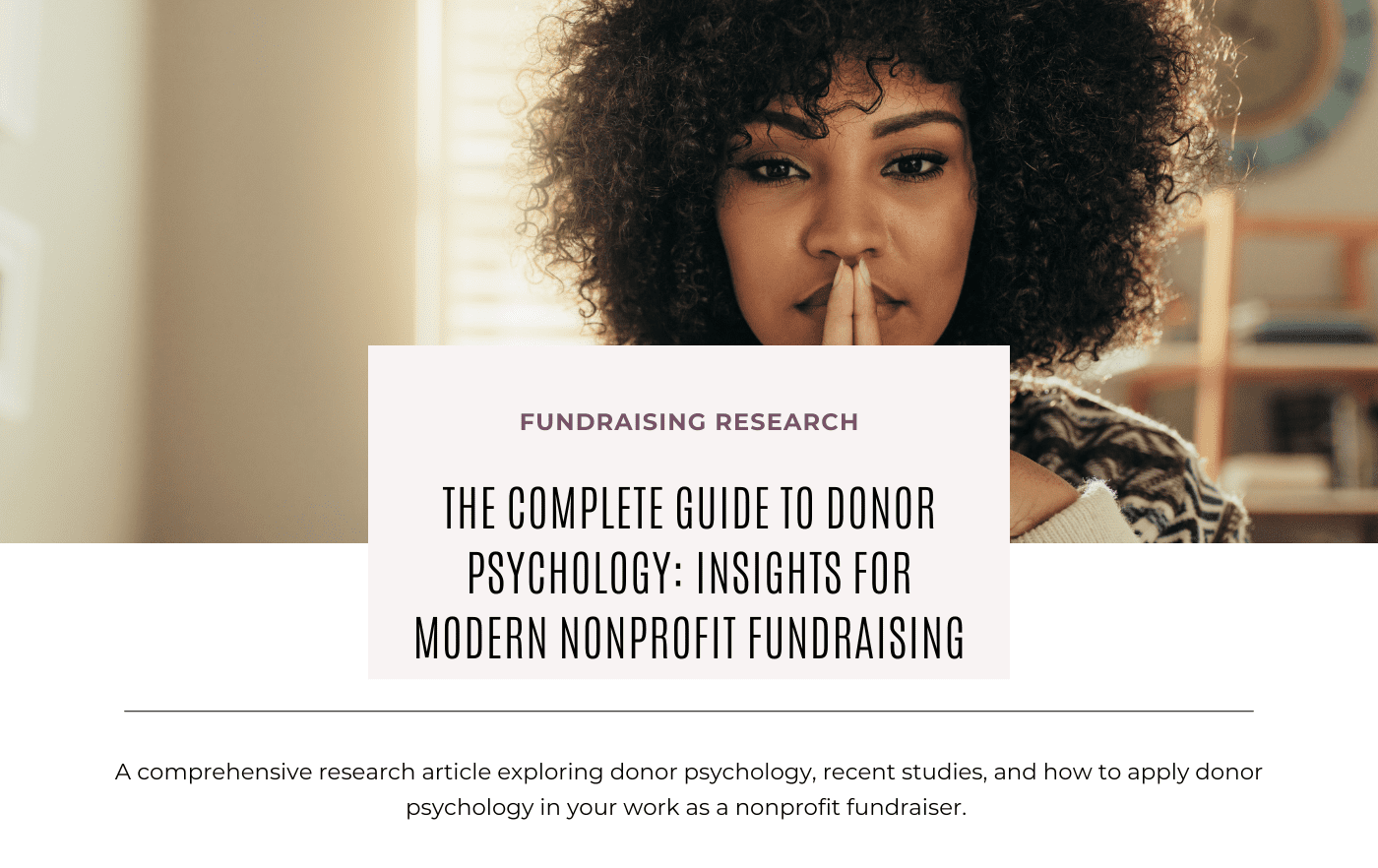
The Complete Guide to Donor Psychology: Insights for Modern Nonprofit Fundraising
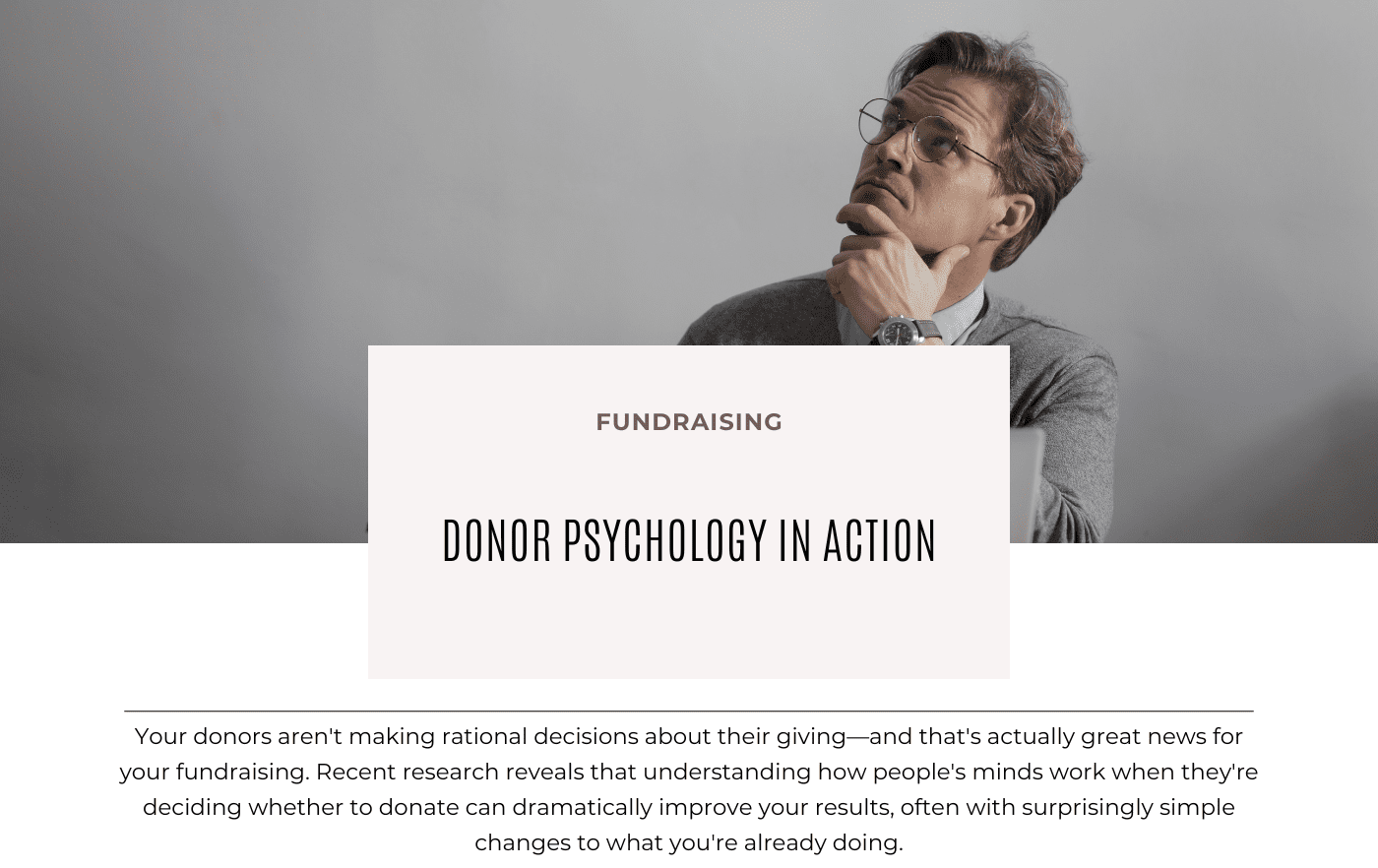
Donor Psychology in Action: 15 Practical Strategies to Transform Your Fundraising Results
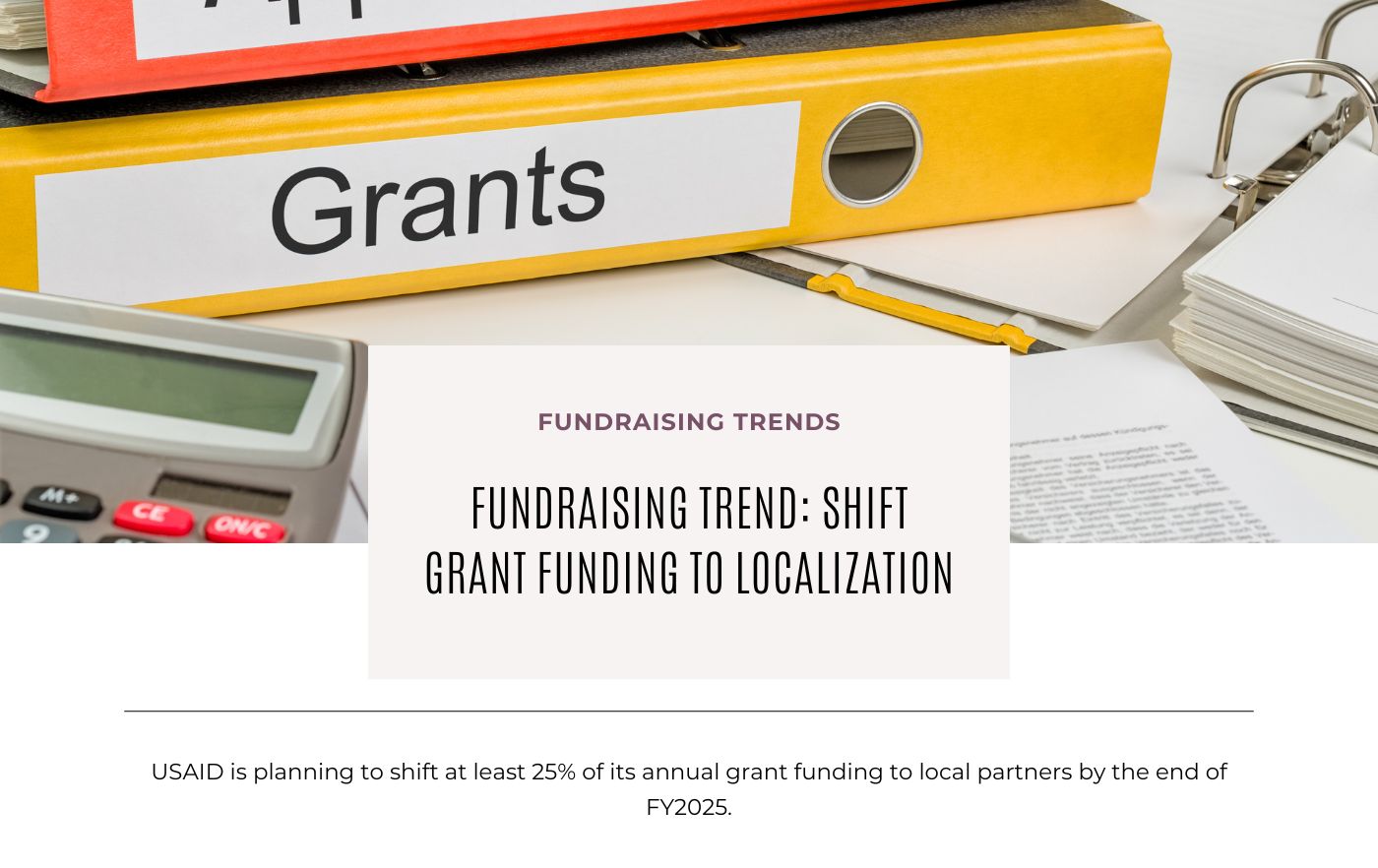
Fundraising Trend: Shift Grant Funding to Localization
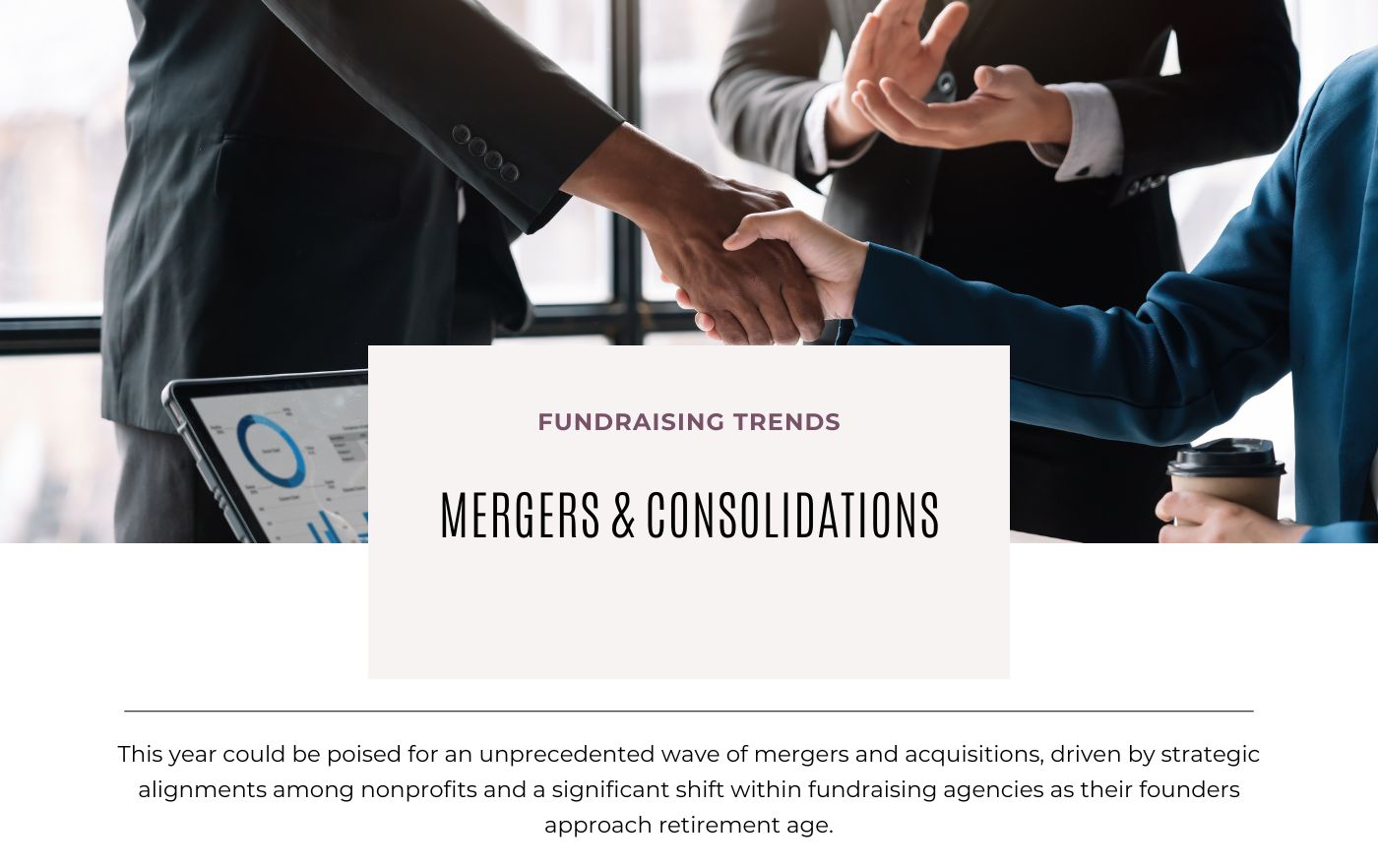
Fundraising Trend: Mergers & Consolidations
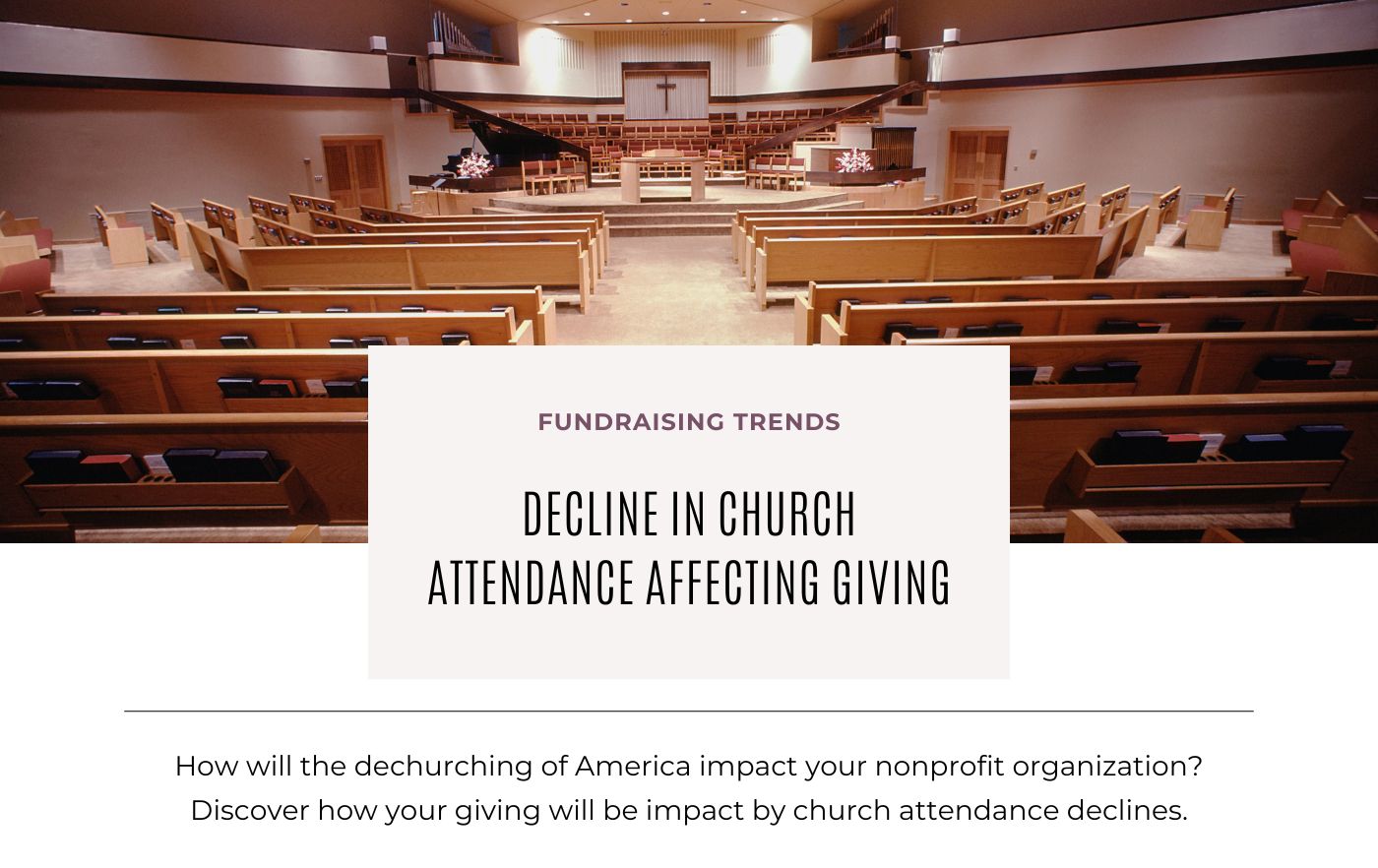
Fundraising Trend: Decline in Church Attendance Affecting Giving
